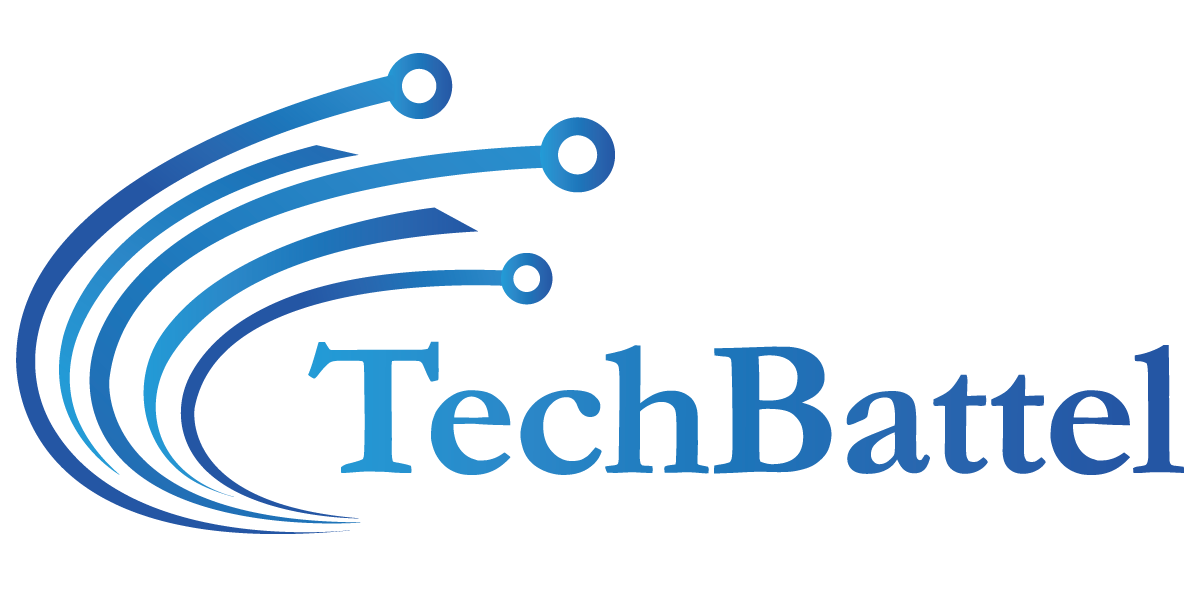Discovering mold in your home can be alarming, but it’s essential to address the issue promptly and safely to prevent further spread and potential health risks. To safeguard you and your family, proper mold treatment requires thorough planning, efficient methods, and the appropriate safety equipment. This guide will share top tips and tricks for safely cleaning up mold in your home, empowering you to tackle this common household problem with confidence and expertise.
Identify the Source of Moisture:
Before you can effectively address a mold problem in your home, it’s crucial to identify and address the source of moisture that’s fueling its growth. It is critical to identify regions of excess moisture since mold grows best in moist, humid conditions. Leaky roofs, leaking pipes, inadequate ventilation, and excessive humidity levels are common causes of moisture. Look closely for indications of water damage in your house, such as obvious mold growth, musty aromas, or stains on the walls or ceilings. After determining the moisture source, address leaks, enhance ventilation, and lower humidity levels to stop the formation of mold in the future.
Assess the Extent of the Mold Infestation:
To choose the best course of action, it’s critical to evaluate the amount of mold infestation before starting the remediation procedure. Small, localized areas of mold growth can often be addressed with DIY methods, while larger or widespread infestations may require hiring experts in mold remediation in Los Angeles or your nearest city. Make a note of any underlying structural damage or health issues, in addition to the size, location, and intensity of the mold development.
Gather the Necessary Supplies and Equipment:
Before you begin the mold remediation process, gather all the necessary supplies and equipment to ensure a safe and effective cleanup. To protect yourself against mold spores and strong cleaning agents, you’ll need protective gear such as gloves, goggles, and a respirator. To remove mold from surfaces, you’ll also need cleaning tools like soap, bleach, and scrub brushes. To confine and remove mold spores, you might also require equipment like a HEPA vacuum, sponges, and plastic sheeting, depending on the severity of the infestation and the surfaces impacted.
Contain the Mold Spores:
During the mold remediation process, it’s crucial to contain the mold spores to prevent them from spreading to other areas of your home. To build a containment barrier, seal up the afflicted area using plastic sheeting and duct tape. In addition to reducing the chance of cross-contamination, this will shield unaffected regions from mold exposure. Additionally, consider using a HEPA vacuum equipped with a high-efficiency particulate air (HEPA) filter to capture and remove mold spores from surfaces and the air.
Clean and Disinfect Affected Surfaces:
Once the mold spores are contained, it’s time to clean and disinfect the affected surfaces to remove mold growth and prevent regrowth. To start, make a solution of detergent and water to clean surfaces in order to loosen and get rid of any mold. You might need to completely disinfect the area with a bleach and water solution if the mold growth is obstinate or persistent. To prevent harmful fumes, always use bleach according to safety warnings and ventilation standards. Bleach should never be used with other cleaning supplies.
Monitor for Signs of Mold Regrowth:
After completing the mold remediation process, it’s essential to monitor the affected areas for signs of mold regrowth to prevent future infestations. Watch out for any signs of persistent problems, such as musty scents, obvious mold growth, or moisture problems. Verify on a regular basis that areas that were previously impacted by mold have been completely cleared of the issue and that no new growth has appeared. Take quick action to treat the problem and stop the spread of mold if you see any symptoms of regrowth.
Dispose of Contaminated Materials Properly:
Finally, it’s important to properly dispose of any contaminated materials and debris from the mold remediation process. To prevent mold spores from spreading, place moldy items like insulation, drywall, and carpets in sturdy plastic bags and seal them well. Dispose of these materials in accordance with regional hazardous waste disposal legislation and standards. Avoid transporting contaminated materials through your home or placing them in regular household trash bins, as this could lead to further contamination and health risks.
Conclusion
In conclusion, safely cleaning up mold in your home requires careful planning, effective techniques, and the right protective gear. You can efficiently handle mold issues and stop more infestations by adhering to these best practices for mold cleanup. Make sure you locate the moisture source, evaluate the degree of the mold infestation, collect the tools you’ll need, confine the mold spores, clean and sanitize the impacted areas, keep an eye out for any signs of regrowth, and dispose of contaminated things appropriately. With diligence and attention to detail, you can ensure a safe and successful mold cleanup process in your home.

